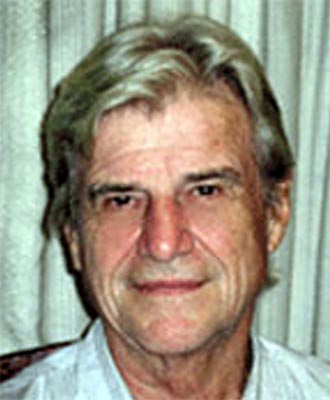Abstract
The object of seismic exploration is encoded in the data that are acquired on or near the surface of the earth. The goal of decoding these data is, essentially, to find out where and what this object is. Although we record our information in space and time, we always, at some stage, follow the teachings of Jean Baptiste Joseph Fourier and transform our measurements into the frequency domain. In this domain, our data live in the phase and temporal and spatial frequency dimensions. The "where" is encoded in the phase, the "what" is encoded in both the phase and amplitude.
The aim of the processing of the data is to remove obscuring artifacts such as coherent and incoherent noise, statics, and the ubiquitously deleterious effect of the seismic source signature. The aim of inversion is to answer the question, "what?" Processing in our industry has achieved an enviable level of success. This success, I will argue, has been achieved, to a large extent, by concentrating on the role of the amplitude properties of the inherent distortions cause by undesired components. Phase has played a much lesser role and consequently, so has the retrieval of the vital information concerning the "where". Inversion, successful as it has been, has also in my humble opinion, placed amplitude in a lofty position as compared to that of phase.
The purpose of this presentation is to convince you that treating amplitude and phase with the equal dignity that each deserves can lead to some interesting and important results. Specifically, I will deal with only-phase reconstruction, by which I mean the inversion of information by using only the phase component without any a priori assumption concerning the amplitude (championed by Alan Oppenheim and colleagues in the early 1980's). I will also reintroduce, after a 35 year absence from this field and because of exciting new developments, cepstral processing and its application to the deconvolution of thin beds. Finally, I will foray into the dangerous territory of attributes. Dangerous because there are so many and dangerous because I know so little. However, my colleagues (Mauricio Sacchi, Mike Graul, and Tury Taner) and I have recently had some hopefully interesting thoughts and results which we would like to share.
A picture is, of course, worth a 1000 mumblings and so here is one. Figure 1a shows an image, the ? is mine. Research group RFOA receives only the amplitude spectrum, combines it with their best guess at the phase spectrum (=0 for example) and reconstitutes the image as shown in Figure 1b. Their conclusion? The image is that of a cloudy sky. Research group RFOP combines the received phase spectrum with their best guess at the amplitude spectrum (=1, for example), reconstitutes the image as shown in Figure 1c and concludes that Tristan and Isolda are in love. This is an example not of only-phase, but of phase-only. The former produces results that are even more informative.
Biography
No biography provided.






